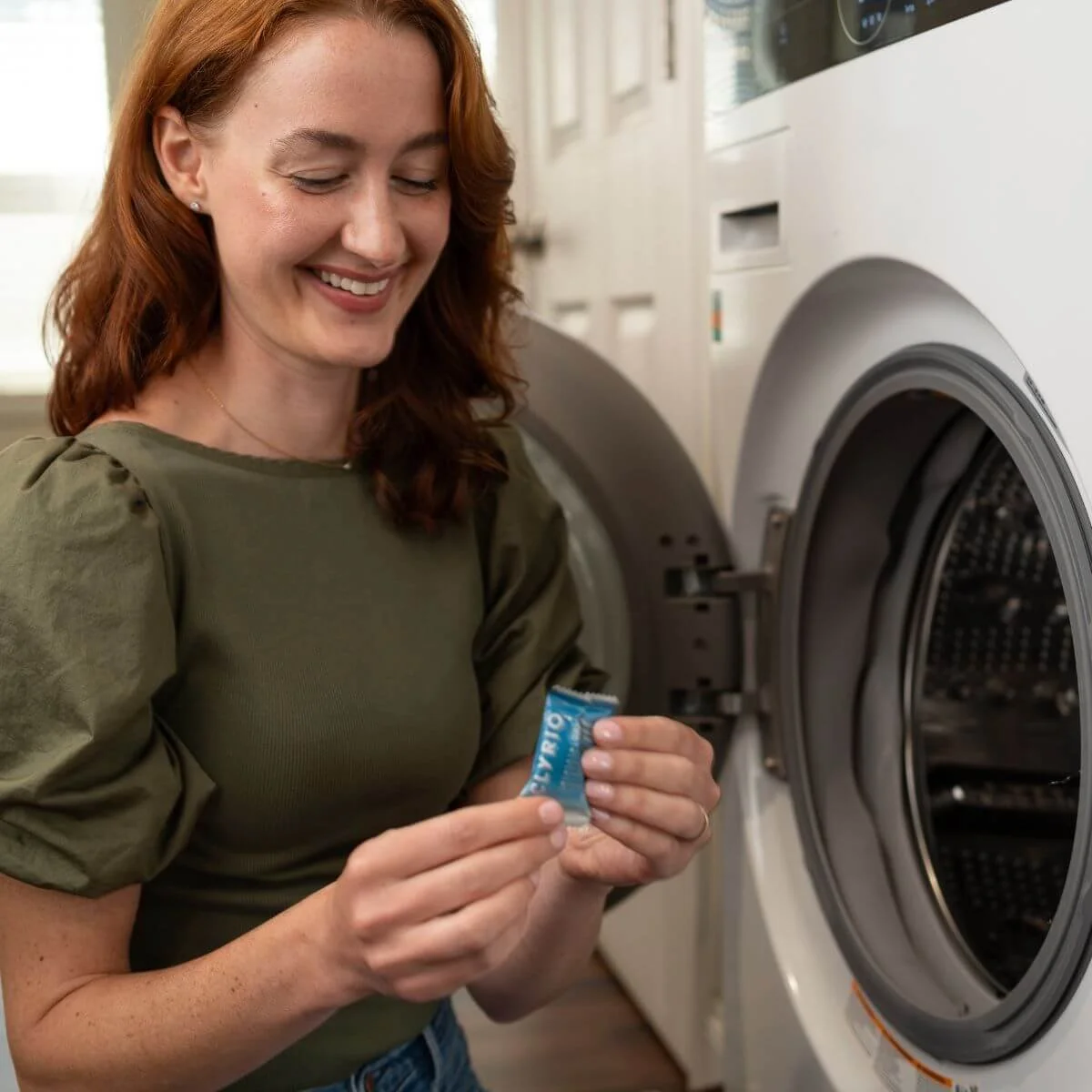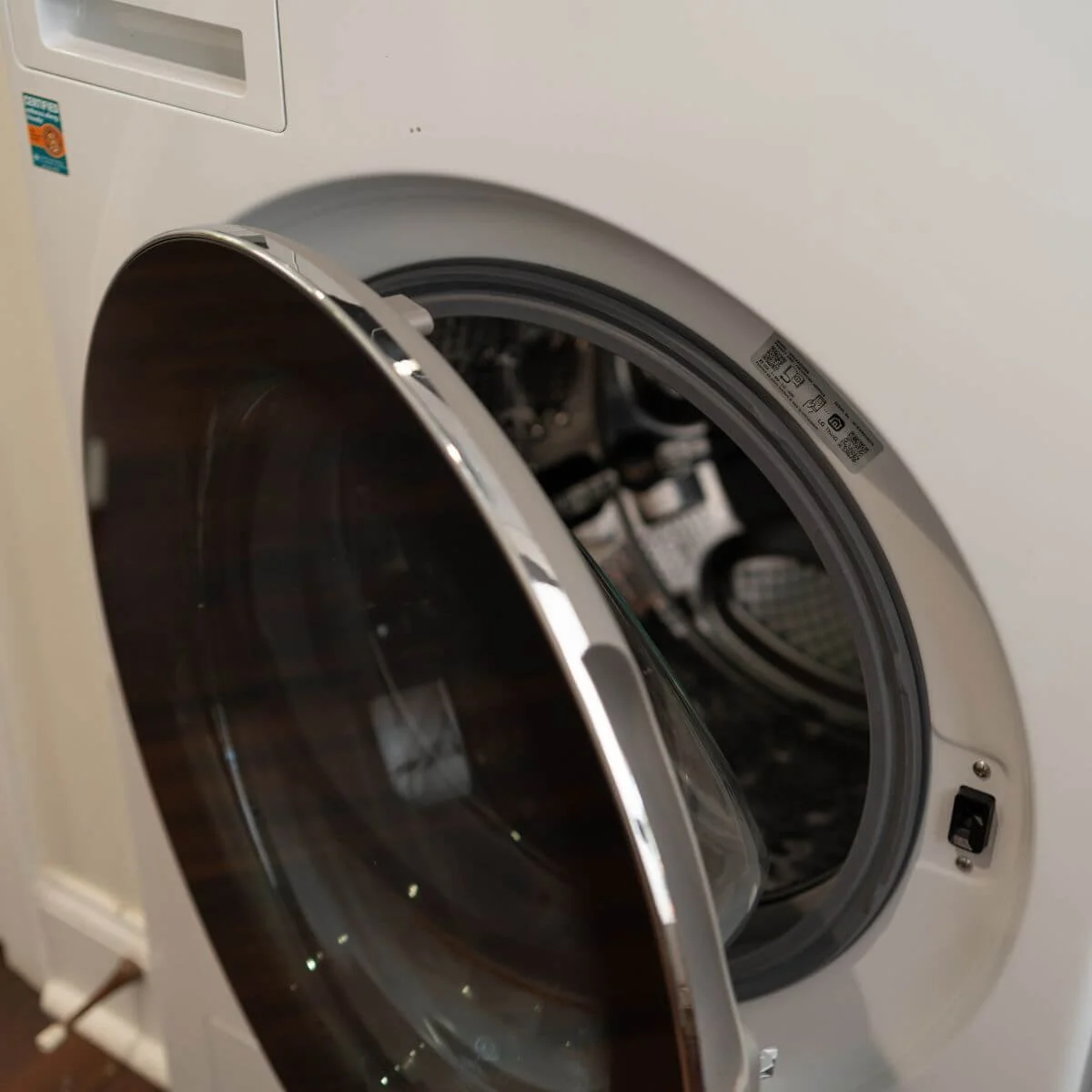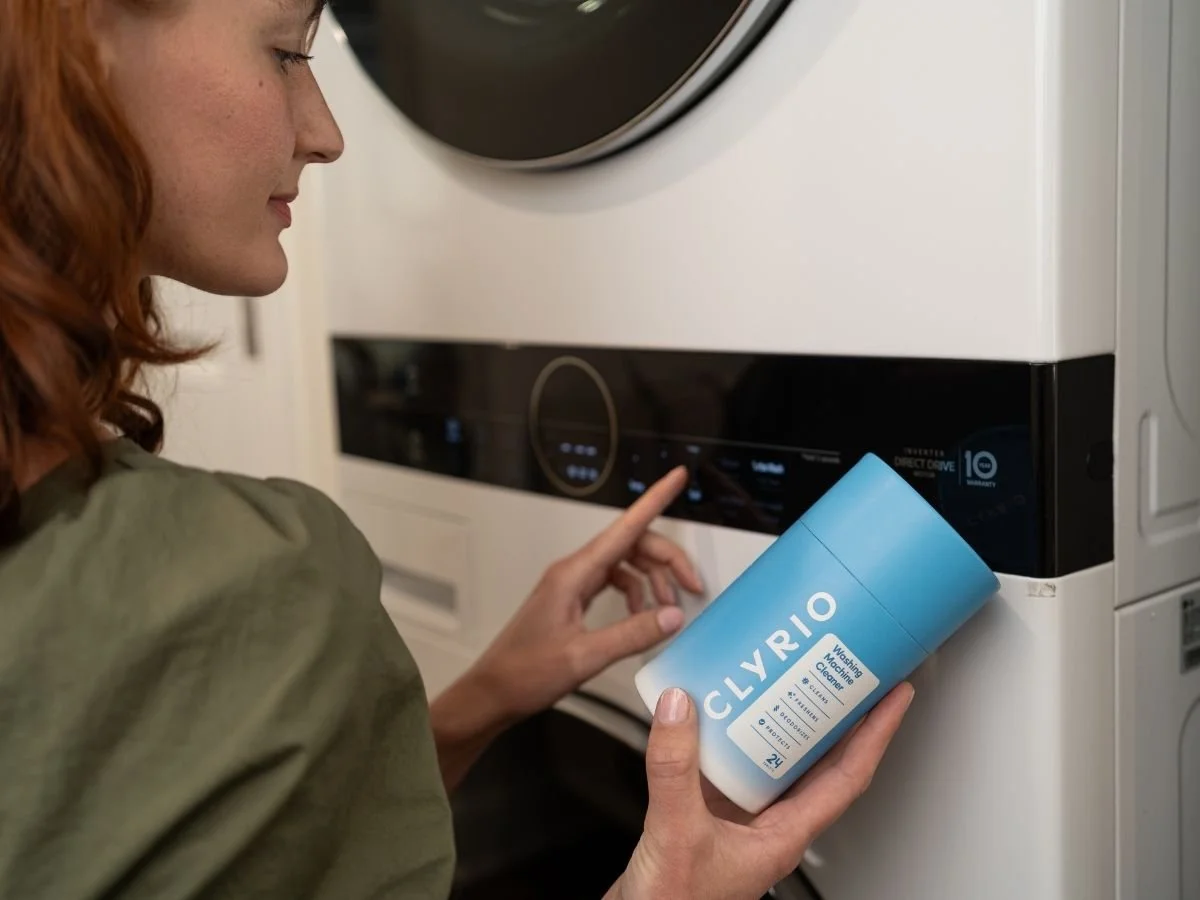Front Loader Washing Machine Cleaner: How to Clean a Front Loading Washer
A clean washer is the foundation of clean washing. If your front load washer has developed a smell, this step-by-step guide shows you how to clean a front load washer with simple routines and the right washing machine cleaner so your laundry comes out smelling fresh. You’ll learn which methods work best, what to avoid, and how to keep the washing machine clean long term—without guesswork.
Why a front load washer and front-loading washing machine need to be cleaned
A front loading design seals tightly to keep water in—and that same design can trap moisture, residue, and detergent buildup. Over time the washing machine can develop odor because small amounts of detergent, lint, and minerals linger in the machine. Regular cleaning also helps the appliance perform at its best, reducing the risk of a clog or drain issues. Front-loading designs are efficient, but the washer needs periodic care to stay clean and keep your laundry fresh.
The biggest thing to understand is that modern laundry appliances use less water. That’s good for efficiency, but it means residue doesn’t always rinse away. When the washer needs attention, you may notice washing machine smells or a film on the inside of the drum. With a few simple habits and the right cleaner, you can help prevent issues that lead to mold and mildew and keep the machine smelling fresh.
What’s the best way to clean your washing machine?
The best routine combines a washing machine cleaner, a wipe-down of key parts, and a monthly clean cycle. You can use washing machine cleaner tablets for a deep clean, then maintain with quick habits every week. Choose a trusted cleaning product and follow the instructions for your specific appliance.
If you prefer a DIY approach, you can clean your washing machine using common household items. However, avoid mixing bleach and vinegar in the same step. Below, you’ll learn how to choose a solution for your front loading machine and how to sanitize safely.
Vinegar, baking soda, or bleach for a washing machine—what’s top?
White vinegar and distilled white vinegar are popular in natural routines because they dissolve residue and help with smell. Use vinegar on cold surfaces like the gasket or dispenser, and run a rinse and spin afterward. For stubborn spots, some people use baking soda or make a paste of baking soda and vinegar as a homemade scrub on the rubber gasket—rinse well when done.
Bleach is powerful for sanitize duty. A small dose of liquid chlorine bleach in the detergent dispenser can sanitize the washer, but never combine it with vinegar and always run a cycle with water only. If your machine has a sanitize option, select the hottest and longest program for the best results. Remember: chlorine bleach is strong; use it sparingly and ventilate the room.
Clean your washer: gasket, dispenser, drum, and drain
Begin with the rubber gasket around the door. This gasket collects lint and water, which can lead to mold. Pull it back gently and wipe down the inside with a microfiber cloth. Look for coins or hair that can cause a clog. If you see mold growth, use a mild bleach solution and scrub, then run a rinse and spin to clear residue.
Next, remove the detergent dispenser and soak it in warm water with a bit of white vinegar. Scrub the dispenser with a soft brush to remove buildup. Remove the detergent tray, rinse, and reinstall once it’s clean. Finally, check the drain filter if your model has one; clearing lint can bring the machine back to optimal performance.
How to clean a front load washer: step by step
This is the clean front-to-back routine that works for most models. It shows you how to clean your front load washer without harsh effort.
Empty the washer and keep the door open. Wipe the clean front of the cabinet and the control panel so everything is spotless.
Remove the detergent trays from the dispenser for a soak. Rinse and scrub away residue.
Inspect the gasket around the opening. Use a microfiber cloth and a little vinegar to wipe debris from the rubber gasket.
Drop a washing machine cleaner tablet into the washing machine drum.
Select the clean cycle (or the hottest and longest normal wash cycle) and run a cycle with no laundry inside.
When the cycle is complete, run a rinse and spin to ensure the system is clear; use an extra spin cycle to clear any leftover liquid.
Dry all moisture you can reach and keep the door open for a while so the machine dries and prevents mold and mildew.
This routine will clean the machine, reduce odor, and make the next wash cycle faster.
Quick buy: prefer a one-step method? Buy on Amazon and use Clyrio® washing machine cleaner tablets—drop, run, done.
Sanitize settings and the clean cycle: when to run them
If your washing machine offers a sanitize setting or a clean cycle, use it monthly. That high-temperature program is designed to sanitize the interior. When you don’t have a special button, choose the hottest and longest wash cycle. Add a measured dose of liquid chlorine bleach (never with vinegar) to sanitize. Always ventilate and follow your appliance manual.
After any heavy cleaning, run a rinse and spin cycle to flush the system. If you ever smell bleach afterward, perform a quick spin cycle to clear any leftover liquid. This simple step keeps the washing machine safe for the next load.
Smell control and tips for keeping the washer clean
Small habits make a big difference. After each load, keep the door open so moisture evaporates; if you step away, leave the door propped for 30–60 minutes. Wipe the door glass and the inside of the drum with a microfiber cloth. These steps help prevent moisture pockets that lead to mold.
Measure detergent carefully—too much detergent creates residue and buildup. High-efficiency models need smaller doses, especially with HE formulas. These simple tips for keeping the washer clean as possible will help prevent funky smells and keep your front-load unit smelling fresh.
What your washer needs when washing machine smells appear
If your washing machine smells even after a clean cycle, inspect the drain filter and rubber gasket. Lint, hair, or coins can trap moisture and cause odor. Clear anything that looks stuck and wipe the area dry. Check the detergent dispenser and hoses for residue, then sanitize with a washing machine cleaner or a hot-water program.
Persistent smell can indicate hidden buildup under the gasket or in the drain area. Prevent mold by keeping air flowing and scheduling monthly cleanings. Thorough sanitize cycles restore the washing machine to a smelling fresh state.
Why a dedicated washing machine cleaner is the top choice
You can clean with household items, but a dedicated washing machine cleaner is engineered for the appliance. Tablets dissolve slowly to reach jets and crevices most cloths miss. They also reduce the chance of leftover residue from overdosing vinegar or detergent. For a front load washing machine that needs an easy routine, tablets are the top combination of convenience and performance.
Using a trusted brand makes the process simple: drop a tablet, select the program, and let the machine do the machine cleaning. When you want the easiest path to a clean washer, a purpose-built cleaner is the best option.
Front-load washer vs top-load: maintenance differences
A front-load washer seals at the front and benefits from door-open drying between runs. A top-load model vents more naturally, but it still need to be cleaned periodically. Both benefit from the same fundamentals: measured detergent, warm airflow, and an occasional clean cycle. If you own both styles, follow similar routines and keep the washer door or lid open for airflow.
Appliance, laundry & washing FAQ: clean your washer and solve common issues
-
Most homes do well with a monthly clean cycle using washing machine cleaner tablets. Busy households or pet owners may prefer every two weeks to sanitize more frequently.
-
Many removable trays from the dispenser are dishwasher-safe. Check your manual first; hand-scrub if you’re unsure.
-
Use the sanitize setting or add a small dose of liquid chlorine bleach to the detergent dispenser—never mix bleach and vinegar. Run a cycle, then run a rinse and spin.
-
Yes. Try distilled white vinegar on the gasket and a little baking soda in the drum. That natural, homemade method helps with smell, but a dedicated washing machine cleaner gives more consistent results.
-
Yes—slide the machine back gently so hoses don’t kink. Unplug first, and use help if the appliance is heavy.
Quick checklist for your front-load washer
Use this quick list when you want to learn how to clean the appliance in minutes.
After a wash cycle, leave the door open and wipe down the inside with a microfiber cloth. If washing machine smells persist, check the gasket around the opening and the detergent dispenser. Remove the detergent tray and clean it; cleaning also helps water flow. When you run a rinse and spin after using bleach, you create a spin cycle to clear any leftover liquid.
If you ever mixed bleach and vinegar by accident, immediately run a rinse and spin and ventilate; never combine those two on purpose. Liquid chlorine bleach belongs in the dispenser only, and a small amount goes a long way. For a natural option, try white vinegar or a paste of baking soda and vinegar on the rubber gasket and the inside of the drum. These methods help prevent buildup that can lead to mold. Regular cleaning prevents mold and mildew and reduces mold growth.
When moving the unit, slide the machine back gently so hoses don’t kink. Front-load owners should keep the door open between uses; top-load users can leave the lid up for airflow. These tips to keep your unit clean as possible work for most laundry appliances. If you spot a drain clog or a problem with the gasket, pause and choose the solution that fits your model.
Finally, remember one thing: pick a method and stick with it. Use a trusted washing machine cleaner on a schedule, follow the instructions until the cycle is complete, and your loader will stay smelling fresh.
Summary: clean washer, cleaner laundry
Use a washing machine cleaner monthly for a deep clean.
Wipe the gasket, dispenser, and inside of the drum with a microfiber cloth.
Choose either vinegar or bleach—never both together in one step.
Keep the door open after each load to help prevent moisture and odor.
Measure detergent carefully to avoid residue and buildup.
Run the sanitize or clean cycle when your appliance offers it.
If the washing machine smells, check the drain and gasket for grime, then sanitize.
Ready for the easiest routine? Buy on Amazon and use Clyrio® washing machine cleaner tablets—drop, run, done.








